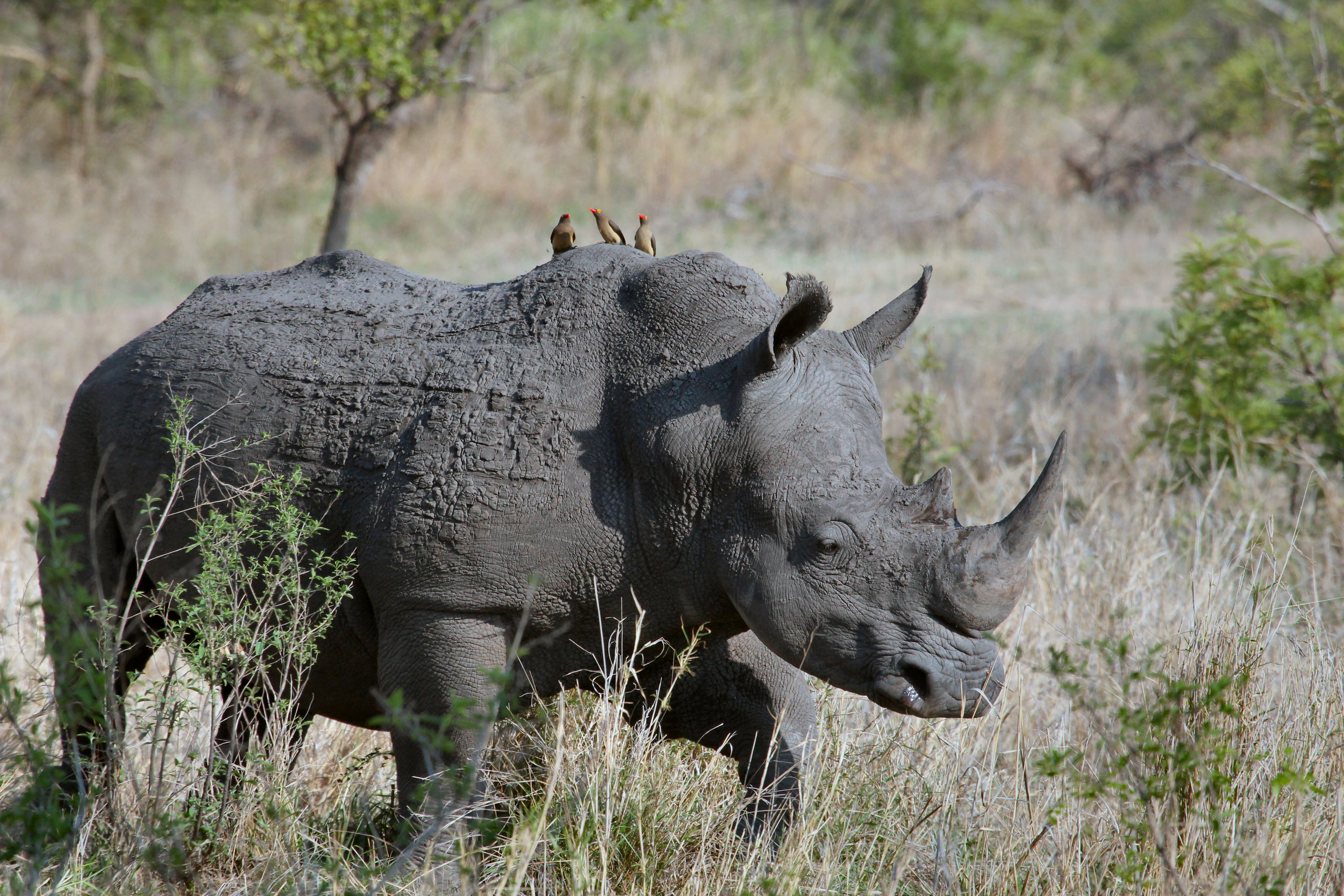Book Review

"Cabinets of natural curiosities." Institutions that house hundreds of exhibits for scientific research and public knowledge are made up of many contributors that research, document, take specimens and preserve natural history. Theodore Roosevelt was a passionate and curious collector of wildlife, who actively explored natural areas and preserved wildlife. Through his own collections, he became a significant contributor, adding to the cabinets of the American Museum of Natural History and the Smithsonian Institute.
Darrin Lunde examines the life and works of a man with an adventurous spirit, who from a very young age developed and pursued his interest in nature. An avid hunter who gathered studied and preserved mammals. He reveals the determined and driven character who was a prominent advocate for the preservation of American natural landscapes. Roosevelt recognized that the wildlife population was becoming depleted and the need to understand, protect and preserve such areas was much needed.
The book is Interwoven with other naturalists and collectors at the time known for their work. Theodore Roosevelt's need to understand wildlife and areas of wilderness just didn't stop in America but took him as far afield as East Africa.
Exploring in Africa
Theodore Roosevelt had enjoyed and read stories about Africa. His first trip was with his parents that took him to Egypt. While there, he spent his time gathering and preserving small mammals to add to his museum that he had started in his home.
East African fauna was at the time known to be similar to the North American habitat in the past. The findings of animal fossils revealed the existence and similarities in wildlife. Knowing this and hearing stories from explorers who had gone out and hunted in Africa, inspired Roosevelt to go on an adventure of his own.
After his presidency along with one of his sons, another trip to Africa was made. The duration of the trip was a year and the packing of supplies extensive. The journey was to collect, gather and preserve wildlife for the Smithsonian collection.
For Roosevelt, the adventure to Africa and hunting for large mammals like lions, elephants, rhino's and hippos amounted to "a naturalist wonderland."
The trip was a success, the specimens were gathered for the Smithsonian African Expedition and the distant land that once a young man had read about, became a reality.
This book is from Blogging for Books program in exchange for an honest review.



